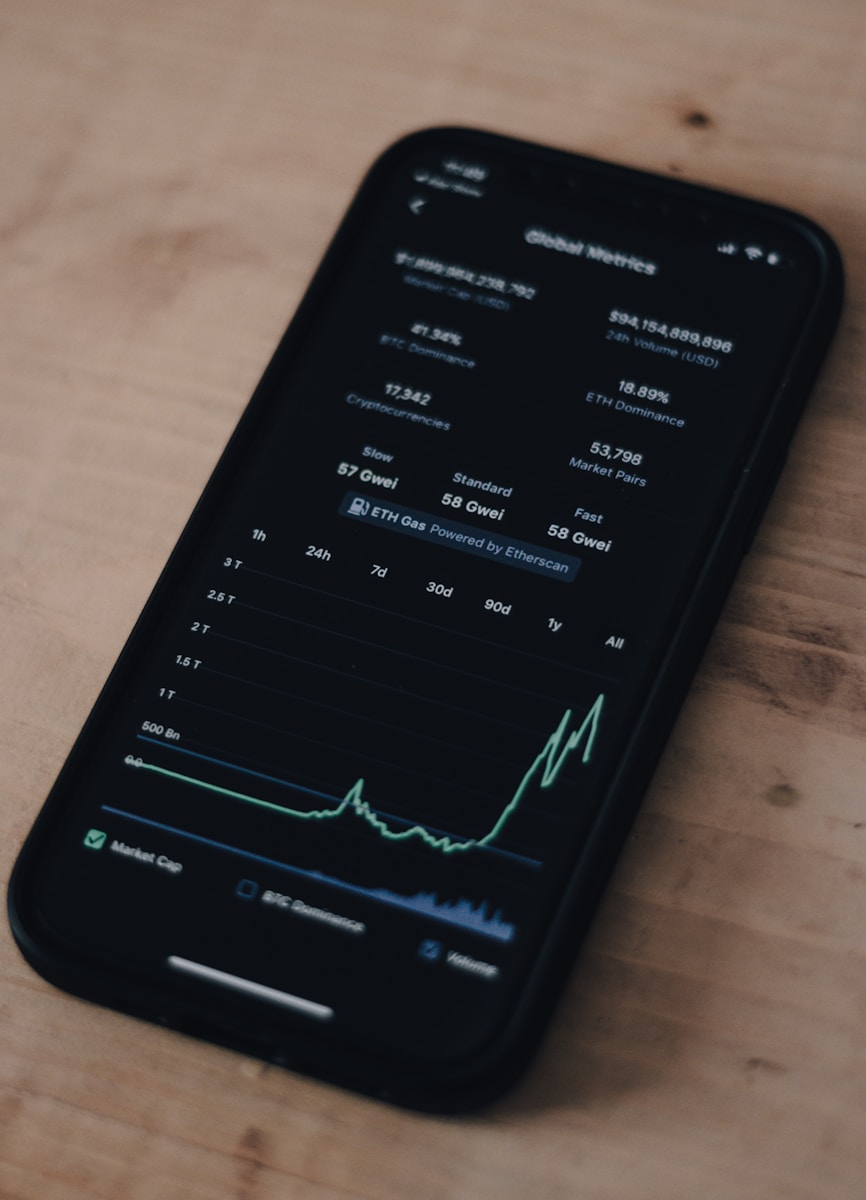
Price fluctuations follow identifiable phases that repeat over months or years, offering opportunities for strategic entry and exit. Historical data from Bitcoin’s price history reveals clear bullish and bearish intervals lasting roughly 18-24 months each. For instance, the 2017 rally saw a parabolic rise followed by a prolonged correction through 2018. This cyclical nature underpins effective timing strategies, where traders leverage distinct stages such as accumulation, markup, distribution, and markdown to optimize gains.
The collective psychology driving these swings hinges on sentiment shifts–fear, greed, optimism–that manifest as recognizable trends. Sentiment indexes combined with volume analysis provide early warnings of impending reversals or trend exhaustion. Take the 2020-2021 bull run: extreme exuberance paired with record-high volumes signaled an overheated market before a sharp downturn. Integrating behavioral insights into quantitative models enhances prediction accuracy beyond mere price action.
Pattern recognition tools like Elliott Wave Theory and Fibonacci retracements remain indispensable in deciphering complex price movements. Advanced technical analysis reveals fractal structures where smaller-scale cycles nest within larger ones, adding layers to forecasting precision. Current conditions marked by increased institutional involvement and regulatory scrutiny also influence cycle durations and volatility profiles. How will these factors reshape forthcoming phases? Remaining adaptive in analytical approaches is key to maintaining an edge amid evolving dynamics.
Understanding Crypto Market Cycles and Patterns [Crypto Fundamentals Basics]
Analyzing the recurring phases within cryptocurrency valuation dynamics reveals distinct intervals of expansion, contraction, accumulation, and distribution. These intervals–often referred to as cycles–provide critical insight for timing entries and exits. For example, Bitcoin has historically exhibited four-year cycles closely tied to its halving events, where supply reduction triggers bullish trends lasting approximately 12-18 months before entering consolidation or bearish seasons.
The psychology driving these movements cannot be overstated. Investor sentiment oscillates between fear and greed, which amplifies price swings beyond fundamental changes. During euphoric uptrends, retail participation surges, inflating valuations far above intrinsic utility. Conversely, prolonged downturns see capitulation and undervaluation. Recognizing these emotional patterns aids in refining prediction models by integrating behavioral finance with technical analysis.
Cycle Phases and Trend Characteristics
Each phase within a crypto valuation interval manifests unique technical signatures:
- Accumulation: Characterized by low volatility and volume; smart money quietly builds positions.
- Markup: A sharp rise in price accompanied by increased volume; momentum traders enter.
- Distribution: High volatility with erratic price action as early investors offload holdings.
- Markdown: Sustained price decline with decreasing volumes; widespread pessimism prevails.
This framework aligns well with classical Wyckoff theory but must be adapted to account for crypto’s 24/7 trading environment and global participant base.
A case study from the 2017 bull run illustrates this: Bitcoin’s value surged from around $1,000 in January to nearly $20,000 by December during a pronounced markup phase. This was followed by distribution months marked by extreme volatility before the markdown began in early 2018. Such historical benchmarks assist analysts in calibrating market stage identification tools based on volume-price correlations and sentiment indices.
The concept of seasonal tendencies also plays a role in forecasting directional shifts. While traditional financial markets show calendar-based seasonality due to institutional behaviors or fiscal cycles, cryptocurrencies exhibit cyclical patterns tethered more to protocol-specific events like halvings or significant upgrades (e.g., Ethereum’s transition phases). For instance, post-halving periods have historically corresponded with bullish momentum lasting roughly one year–a factor that should not be overlooked when constructing predictive algorithms.
Advanced quantitative approaches combine time-series analysis with machine learning techniques to detect repeating motifs embedded within large datasets of price fluctuations and on-chain metrics such as transaction counts or active addresses. However, no model achieves perfect foresight given external shocks–regulatory announcements or macroeconomic crises can abruptly alter trajectories. Thus, continuous adjustment and incorporation of real-time data streams remain paramount for accurate interpretation of market rhythms.
Identifying Key Cycle Phases
Accurate phase identification hinges on rigorous analysis of price action, volume shifts, and investor sentiment over extended intervals. Historical data reveals recurring stages characterized by distinct trends: accumulation, uptrend, distribution, and downtrend. The accumulation phase often presents subtle upward pressure amid low volatility and subdued trading volume, signaling smart money entry before broader participation begins.
Timing entry during accumulation requires monitoring divergences between price and momentum indicators such as RSI or MACD. For example, during the 2018–2019 downturn in digital assets, several altcoins demonstrated positive divergence months prior to sustained rallies, highlighting the importance of technical confirmation beyond raw price movement. Psychological factors also play a role; cautious optimism replaces fear as informed actors accumulate positions quietly.
Phases Breakdown with Market Dynamics
The subsequent expansion phase features strong bullish trends supported by increasing volume and rising social engagement metrics. This stage often correlates with heightened media attention and retail participation driven by FOMO (fear of missing out). A notable instance occurred in late 2020 when Bitcoin’s price surged from approximately $10,000 to over $40,000 within six months, fueled by institutional inflows and macroeconomic shifts. Analysts utilize trendline analysis combined with moving averages crossovers (e.g., 50-day over 200-day) to validate this momentum shift.
Following the peak comes the distribution period–marked by volatility spikes and erratic volume patterns–as early investors begin profit-taking while late entrants remain overly optimistic. Price oscillations become wider without clear directional bias. This phase’s psychology can be observed in on-chain data showing increased wallet activity but stagnant net inflows. For instance, Ethereum’s behavior during early 2018 exemplified these characteristics before its prolonged correction.
The final phase involves a pronounced downturn where selling pressure overwhelms demand, leading to sharp corrections or prolonged bear markets. Technical indicators such as declining OBV (On-Balance Volume) alongside breakdowns below key support zones confirm this shift. Market sentiment turns pessimistic; fear dominates decision-making processes resulting in capitulation events seen across multiple assets in Q1 2022 after macroeconomic tightening triggered broad risk-off moves.
Effective cycle prediction combines quantitative tools like Fibonacci retracements with qualitative assessment of behavioral tendencies in market participants. Recognizing overlapping signals enhances timing accuracy for entries or exits. While no model guarantees precision due to external shocks or regulatory interventions, disciplined observation of repeated structural phases provides a framework adaptable across various asset classes beyond cryptocurrencies alone.
Analyzing Price Pattern Signals
Price movements often reveal repetitive patterns that can be leveraged for more accurate timing in trading decisions. For example, the well-documented head and shoulders formation frequently signals a reversal of an uptrend, providing a clear entry or exit point. Recognizing such formations within larger cycles allows analysts to differentiate between short-term fluctuations and more significant trend shifts. The 2017 bull run demonstrated how ascending triangle patterns preceded major rallies, confirming that technical setups remain relevant even amid heightened volatility.
A comprehensive analysis of seasonal effects reveals recurring phases where asset prices tend to gain or lose momentum. Historical data from multiple years indicate that certain quarters exhibit stronger bullish tendencies–often linked to increased institutional activity or macroeconomic events–while others show consolidation or correction phases. For instance, Q4 traditionally shows heightened buying pressure due to portfolio rebalancing, which aligns with broader upward trends. Integrating seasonality into predictive models enhances the precision of market forecasts.
Technical Indicators and Trend Confirmation
Confirming signals through combined use of volume profiles, moving averages, and momentum oscillators improves reliability when interpreting price actions. Take the example of the 50-day and 200-day moving averages crossover: it has proven effective in identifying medium- to long-term directional shifts over numerous observation periods. Volume spikes accompanying breakout patterns validate strength behind moves, reducing false positives common in low-liquidity environments. Such multi-layered evaluation supports nuanced prediction, especially during transitional phases between accumulation and distribution seasons.
Recent analysis highlights divergences between price highs and relative strength index (RSI) as early warnings of impending corrections within extended upward runs. During the late 2020 rally, bearish divergence on RSI preceded short but sharp pullbacks, illustrating how momentum-based tools complement classic chart reading techniques. Considering these technical nuances alongside macroeconomic catalysts provides a holistic perspective on potential inflection points. Could integrating algorithmic scanning of these combined indicators become standard practice for enhancing timing accuracy?
Optimizing Entry and Exit Through Market Seasons and Behavioral Trends
Precise timing for initiating or liquidating positions hinges on recognizing recurring phases within asset valuation fluctuations. Historical data reveals that approximately every 3 to 4 years, pronounced bullish runs are followed by extended correction intervals–these intervals can be identified through rigorous technical analysis combined with sentiment metrics. For example, the 2017-2018 surge, peaking with Bitcoin near $20,000, was succeeded by a bear market lasting nearly two years. Anticipating such transitions requires tracking volume shifts alongside volatility indices rather than relying solely on price action.
Psychological drivers underpinning investor behavior manifest distinctly across these seasonal shifts. During expansionary periods, exuberance often inflates asset prices beyond intrinsic values, whereas contraction phases see risk aversion dominate decision-making. Leveraging pattern recognition algorithms that integrate order book depth and derivative open interest can enhance predictive accuracy of trend reversals. Recent months have demonstrated the impact of macroeconomic tightening on speculative assets, compressing upward momentum and signaling caution for timing entries.
Strategic Implications and Forward-Looking Perspectives
- Integrate multi-dimensional datasets: Combining on-chain analytics with traditional technical indicators refines entry/exit predictions, especially when identifying accumulation versus distribution zones.
- Account for exogenous shocks: Regulatory announcements or technological upgrades frequently disrupt established trajectories; adaptive models should incorporate event-driven volatility quantification.
- Monitor liquidity seasonality: Periods coinciding with fiscal year-ends or tax deadlines often trigger anomalous volume spikes altering short-term trends.
The interplay between cyclical valuation movements and investor psychology demands continuous refinement of analytic frameworks. Machine learning approaches trained on historical sequences hold promise but must be supplemented by domain expertise to avoid pitfalls caused by unprecedented externalities. How will evolving market infrastructure–such as increasing institutional participation and decentralized finance protocols–reshape traditional seasonality? This remains a critical question influencing future predictive methodologies.
In summary, mastering entry and exit points requires synthesizing behavioral insights with quantitative trend analysis across multiple temporal layers. The capacity to discern subtle inflection signals amid noise will differentiate successful strategic positioning in forthcoming market intervals marked by heightened complexity and integration of diverse asset classes.








